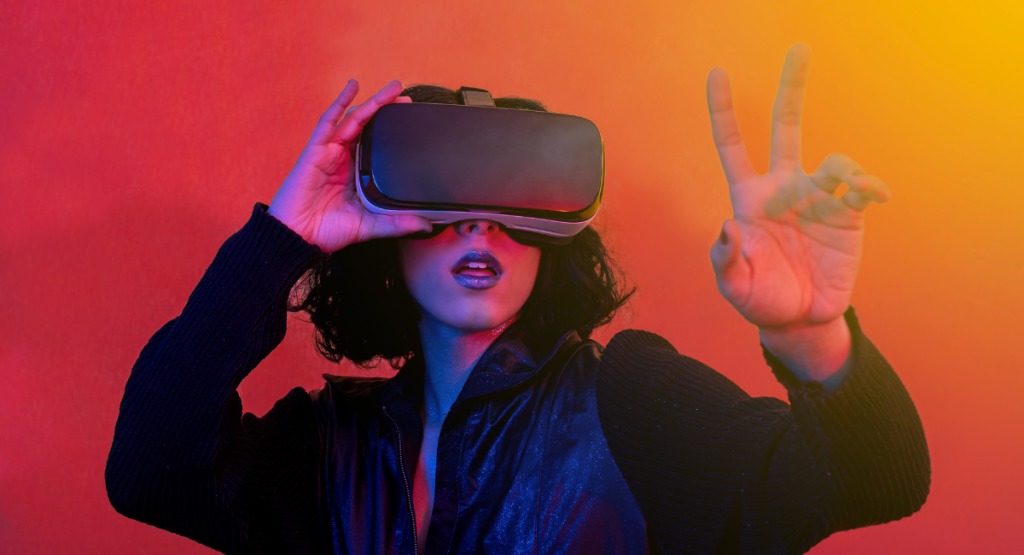We can define the metaverse as a virtual world that simulates the physical reality we live in. This new environment, the result of the new digital reality we are witnessing, has virtual reality and the creation of a three-dimensional environment as a key factor. Now, once we have described in general terms what we can understand as metaverse, we should determine its main characteristics.

First, it is a purely immersive factor. In this sense, immersive technology involves selecting a specific physical or real experience and reproducing it in digital format. In this way, through its immersive character, it allows interaction as if it were the real world. To carry out this function, VR devices, known as virtual reality helmets or glasses, are used.
Secondly, its interoperability. According to the Institute of Electrical and Electronics Engineers (IEEE), this characteristic refers to the ability of two or more systems to exchange information. This characteristic is fundamental since the metaverse will be composed of a plurality of platforms, which is why it must be interconnected to facilitate its own purpose. Its interoperability, added to interconnection, will allow the addition of new universes without limitations as it is a sum of interconnected spaces without any domain.
Due to its high capabilities, its unquestionable attractiveness and its monetization capacity, it has established itself as an important source of business. In this line, we could highlight the multinational Facebook(Meta), who communicated its intention to be a company in the metaverse, subsequently publishing the Horizon Workrooms project , a first approach to the digital world that simulates a work office. However, along with this project we can cite others such as Decentraland , a blockchain and metaverse platform that allows acquiring virtual land, participating in a community and whose virtual property are the NFTs.
Currently, there are several fields that have been experimented with through the metaverse, being used for work purposes (simulation of offices, work meetings, virtual desks, etc.) and as a medium, since through it certain operations and tests of different tools can be carried out before building them in the real world by means of digital twins (virtual replica of a product). The latter is being employed by Nvidia in collaboration with BMW.

However, it is important to note that the first approaches to the metaverse are occurring thanks to video games, where, in addition to the theme of the game itself and the space where they are located, updates have been incorporated to go to purely leisure elements such as going to concerts or art galleries (Roblox). In the same vein we find the video game developed by the company Epic Games, Fornite, which, although it began as a multiplatform game where a hundred characters had to fight on an island, has evolved along with the rest towards a social paradigm, being also a social meeting place where it is possible to go to concerts.
Fashion is not left behind in this revolution. Through Roblox, the luxury brand Gucci created a temporary digital space that allowed, for a limited time, to access and visit it with the possibility of acquiring clothes only available in the digital world. Along with this, the company Nike launched an online gaming area on the same platform where users could interact, play and purchase new clothes. In addition to these, several brands are in the queue, including Adidas, Balenciaga, Dolce & Gabanna and Coca-Cola, among others. And the best thing is that this has just begun!




